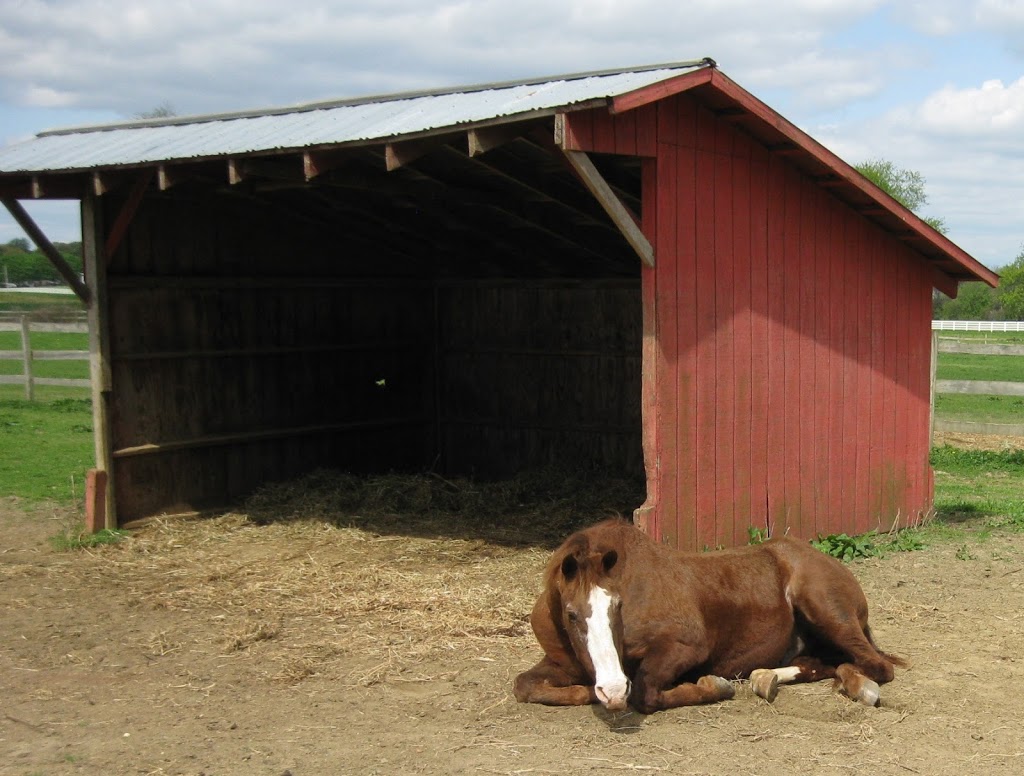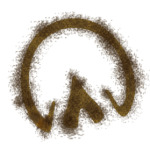 Happy March my fellow science seekers!
Happy March my fellow science seekers!
It looks like the groundhog was right after all spring is around the corner next week! I’m starting to get the itch… not just because I’ve been daydreaming about eating doughnuts all day with the warm sun shining on my face, but because these brighter days are starting to make my coat shed! Losing your coat is a prickly process, but there are a bunch of ways you can help.
Sometimes humans make the mistake of thinking that warmer weather triggers horses to shed their winter coats. Nope! That isn’t it! Actually, what happens is a little scientific, and a lot cooler. When spring rolls around, yes, the weather gets a lot nicer, but we also switch our clocks forward an hour at daylight savings time. Now, changing your clock is not going to make your horse shed faster. It’s the reason we put the clocks forward makes them shed. The days begin to get l-o-n-g-e-r in the spring and that means MORE DAYLIGHT! As daylight hours increase in length, special parts of a horse’s body begin to activate.
The chemical process in the brain that affects hair growth in horses starts in the pineal gland. Essentially, the pineal gland controls melatonin (a hormone) production during nighttime hours, which triggers a whole slew of other reactions in the body, causing hair to grow or shed. When less melatonin is secreted from the pineal gland (spring time, because of less dark hours) the horse will shed its winter coat. In the fall, when the number of dark hours increases, more melatonin is secreted from the pineal gland, resulting in a thick winter coat.
 Now that we have a basic understanding of why this is all happening, what can we do about it?!
Now that we have a basic understanding of why this is all happening, what can we do about it?!
If you have a horse, you probably have found that one special spot that makes your horse smack its lips in the air, make funny faces, or try to scratch its imaginary friend. Even though horses love to run in mud piles after they have clean, shining coats, they relish the experience of a good grooming, especially in the spring.
Your three lines of defense against the static-cling hairs are your metal shedding blade, rubber curry, and your fiberglass blocks.
You are better off starting with the metal shedding blade because that will take off all the detached hair from your horse’s body. Then, to lift up and loosen the next layer of hair, you need elbow grease.Use the rubber curry, in circular motions all over its body. This is most likely where your horse will enter a state of bliss from the back massage you are giving it. Fiberglass blocks remove hair similarly to the curry, but use it in a stroking motion, not circles.
Hay! It may be an itchy process, and you might end up wearing all of your horse’s hair by the end of it, but at least you are getting your own workout and shining your nails with the natural lanolin! Shedding your horse is a lot of work, but we all know it’s worth it!
If you have any other tips or tricks that will help your horse-loving pals, let us all know! Type them in the comment box below!
Onward we shed!
Your Pal,

